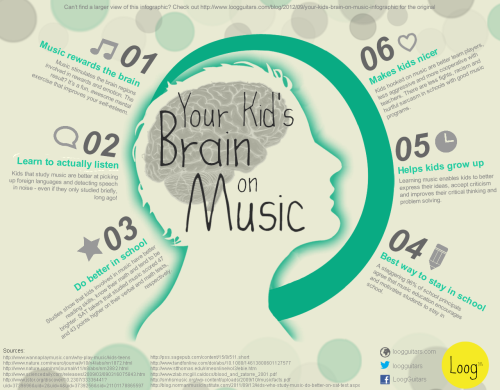Novice'S Overview To Different Music Instruments Taught In Schools
Novice'S Overview To Different Music Instruments Taught In Schools
Blog Article
Content Written By-Foster TRUE
When you think of beginning your musical journey, it is very important to check out the different instruments commonly introduced in colleges. You'll experience string tools like the violin, wind instruments such as the flute, and percussion options like the snare drum. Each deals special audios and experiences that can form your musical identification. However exactly how do you determine which one aligns with your passions and comfort? The solution might shock you as you think about elements like your personal choice and the abilities you hope to create. Allow's take a closer consider what each category uses.
Typically Educated String Instruments
When you think about string instruments in institutions, the violin, viola, cello, and dual bass usually enter your mind. These instruments create the core of several institution bands and string ensembles, providing an abundant structure for music education and learning.
The violin, known for its intense noise, is generally the first string instrument pupils discover. Its little size and flexibility make it perfect for newbies.
Next off, you might experience the viola, slightly larger than the violin, and tuned a fifth reduced. Its much deeper, warmer tone enhances the violin magnificently, and it plays a vital role in creating harmony within a set.
The cello, with its rich, powerful voice, uses a different playing experience. Many pupils are drawn to its meaningful abilities and the means it can communicate deep emotions.
Ultimately, the dual bass, the biggest of the string family members, provides the bass structure for orchestras. While it might appear frightening at first, its deep sound is important for basing musical compositions.
Each of these instruments helps create important skills, consisting of synergy, self-control, and a love for music, making them very useful in a school setting.
Popular Wind Instruments
Wind tools play an essential function in institution music programs, with preferred selections consisting of the groove, clarinet, trumpet, and saxophone. Each of these tools supplies special noises and features, making them interesting trainees of all ages.
The groove's light, ventilated tone usually records the hearts of newbies. It's a terrific selection if you take pleasure in playing tunes.
The clarinet, recognized for its rich, warm audio, is flexible and fits well in various music styles, from timeless to jazz.
If you're looking for something strong, the trumpet's intense and powerful audio will undoubtedly stick out in any ensemble.
The saxophone combines the very best of both worlds, supplying a smooth, expressive audio that's excellent for jazz and classical music alike. Several pupils find its curved form and comfy mouth piece simple to handle, making it a prominent option for those new to wind instruments.
When Read the Full Document choose a wind instrument, consider the sound you're drawn to and the type of music you intend to play.
Each alternative supplies a superb possibility to establish your musical abilities and express yourself artistically. You'll be surprised at exactly how swiftly you can discover and expand with these tools!
Important Percussion Instruments
Percussion tools are the heart beat of any kind of institution music program, providing rhythm and energy to various musical sets. They're vital for developing a solid sense of timing and sychronisation in young musicians. When you consider percussion, you could immediately visualize drums, yet there's a varied range of instruments that fall under this category.
The snare drum is a staple, understood for its sharp, crisp noise that adds intensity to efficiencies. The bass drum, with its deep, powerful tones, anchors the set's rhythm. piano classes near me should also discover cymbals, which can develop remarkable crashes or refined accents, boosting the overall audio.
Various other necessary percussion tools consist of tambourines, maracas, and xylophones. music and movement classes use a lively jingle, while maracas give a fun, drinking sound. Xylophones, with their ariose bars, permit you to explore pitches along with rhythm.
Do not forget about hand percussion, such as congas and bongos, which bring a world music taste to your repertoire. By experimenting with these instruments, you'll uncover just how they can elevate any kind of musical item, making your payment to the school band or orchestra memorable and impactful.
Conclusion
To conclude, checking out various music instruments can be an exciting trip for you. Whether you're attracted to the abundant tones of string instruments, the ventilated tunes of wind instruments, or the rhythmic beats of percussion, there's something for everyone. Bear in mind to select a tool that resonates with you, fits your comfort level, and triggers your rate of interest. As you study music, you'll not only develop new abilities however additionally support a lifelong love for this gorgeous art kind.
